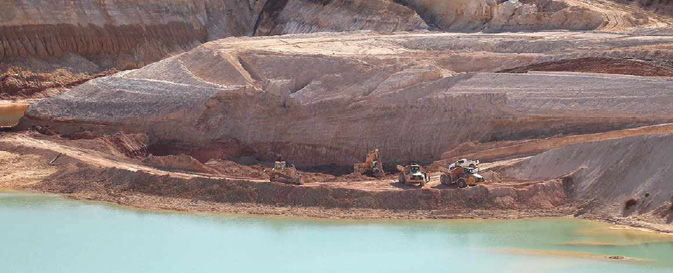Purebase Corp. anticipates a Q3 start up for a calciner engineered to process reactive, concrete-grade metakaolin from an Ione, Calif. kaolin clay deposit. An ASTM C618-designated natural pozzolan, metakaolin presents a reduced carbon alternative to portland cement, owing to the lower calcination phase heat, < 700°C versus 1,400°C+, required to drive off CO2 from calcium and other minerals. It can be used at portland cement substitution rates hovering 25 percent in concrete mixes.

The calciner installation dovetails existing Ione mine infrastructure upgrades while expediting Purebase’s ability to commercially produce metakaolin and validate the material for California Department of Transportation (Caltrans) Approved Materials List inclusion. Scaled production will likewise allow expanded material testing with cement and concrete producers, plus academia. Among the latter, Purebase metakaolin samples have tested well against other pozzolans and calcined clays from across the country, according to Pennsylvania State University’s Dr. Farshad Rajabipour and Purdue University’s Dr. Jan Olek. In compressive strength measurements, they observed some of the highest early-age values with the Purebase metakaolin, which likewise exhibited strong total heat values.
Beyond engineering properties, a favorable embodied carbon profile will position Purebase metakaolin for measures tied to a California Air Resources Board greenhouse gas emissions reduction plan due this month. The plan is part of California Senate Bill 596, the first state legislative action of its kind geared to cement sector GHG management.
“Our calcining operations will be based in California using a resource found right here in Ione,” says Purebase CEO Scott Dockter. “Not only will our product play a role in greenhouse emissions reduction, it also won’t have to be transported from out of state, which will reduce transportation emissions as well. It will be a benefit for California and a win for us … All of our years of research and development will start paying off.”